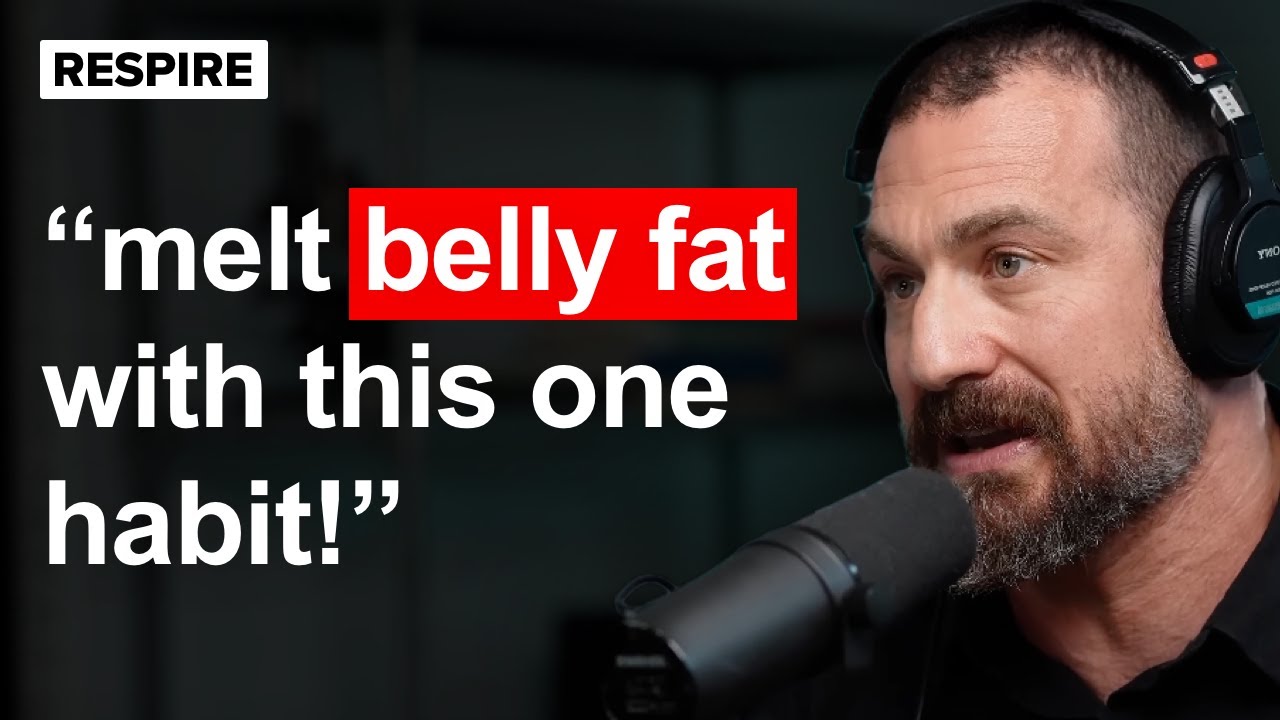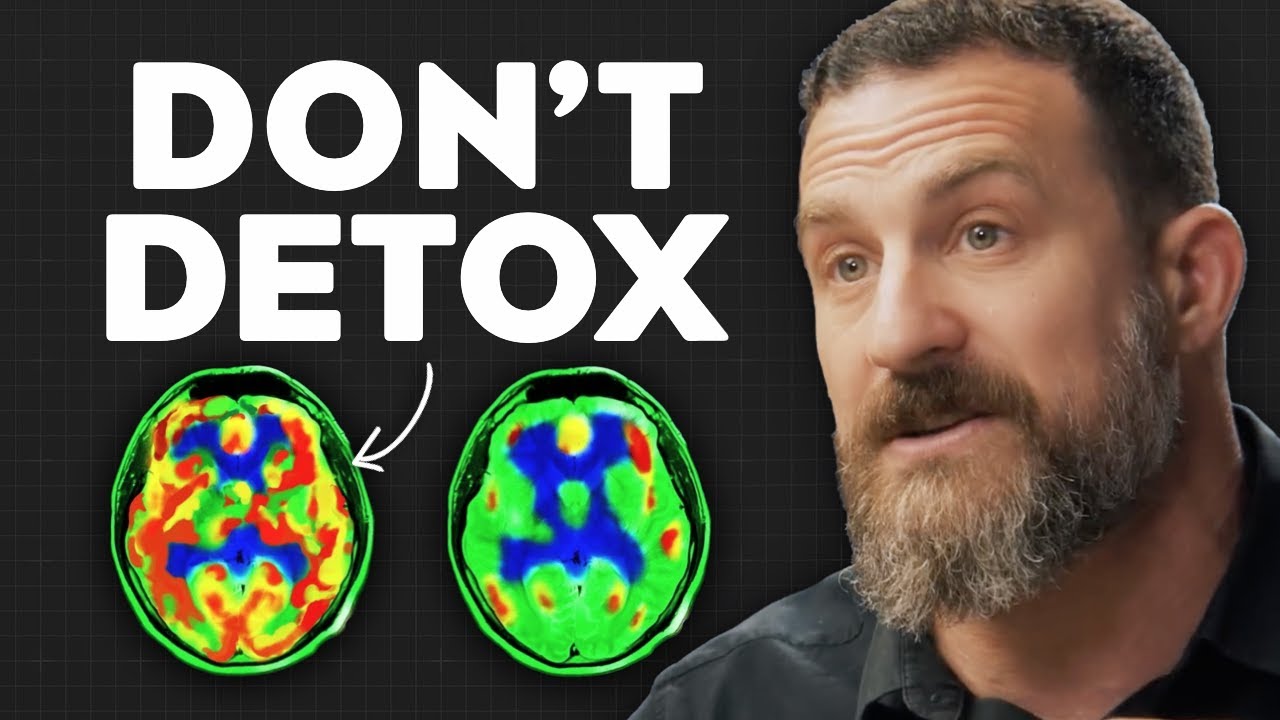Appetite control and effective fat burning remain two of the biggest challenges in weight management today. While countless diets and supplements flood the market, science continues to uncover natural biological mechanisms that help regulate hunger and support metabolic efficiency. One of the most promising tools in this area is GLP-1 (glucagon-like peptide-1)—a naturally occurring peptide in the body known for its powerful effects on appetite regulation and fat oxidation.

Recent research has highlighted how natural ingredients, especially yerba mate, can safely stimulate GLP-1, offering a compelling alternative or complement to pharmaceutical interventions. In this article, we’ll explore how GLP-1 works, the dual mechanisms through which it suppresses hunger, and how incorporating yerba mate into your routine could support fat loss and metabolic health.
What Is GLP-1 and Why Does It Matter?
GLP-1 is a peptide hormone released primarily in the gut in response to food intake. It plays a key role in enhancing insulin secretion, slowing gastric emptying, and—most importantly—reducing appetite. It belongs to the glucagon pathway, which helps mobilize and burn fat, especially in low-insulin states.
GLP-1 also works on the brain, particularly the hypothalamus, to signal fullness and satiety. In other words, it helps you feel full faster and for longer, making it easier to reduce caloric intake without the mental battle of constant hunger.

Two Ways GLP-1 Suppresses Appetite: Gut and Brain
A groundbreaking study published in Cell has shed light on how GLP-1 operates through two parallel pathways—a hallmark of how the human body regulates complex functions like hunger and metabolism.
- Gut Distension via Enteric Nervous System
GLP-1 stimulates a set of neurons in the gut called enteroenteric or intestofugal neurons. These trigger a slight physical expansion—or distension—of the stomach wall, activating mechanoreceptors that send fullness signals to the brain. Remarkably, this sensation of satiety occurs without the need for bulky food volume. - Neural Activation in the Hypothalamus
Simultaneously, GLP-1 communicates through the gut-brain axis to reach the hypothalamus, a control center in the brain that regulates appetite, energy balance, and hormonal signaling. Through this neural connection, GLP-1 enhances satiety signals, reducing the brain’s drive to seek food.
This dual-action approach makes GLP-1 highly effective for appetite regulation. It’s no surprise that synthetic versions of GLP-1 are now FDA-approved for treating type 2 diabetes and obesity, showing consistent and substantial weight loss in clinical trials.

Yerba Mate: A Natural Way to Boost GLP-1
If the idea of a daily injection or prescription drug doesn’t appeal to you, there’s good News: yerba mate, a traditional South American tea, naturally stimulates the release of GLP-1. Although the amount of GLP-1 triggered by yerba mate is lower than that from pharmaceuticals, it’s still sufficient to offer appetite-suppressing and fat-burning benefits, especially when consumed strategically.
How Yerba Mate Affects Fat Metabolism
Yerba mate promotes lipolysis, the breakdown of stored fat, by boosting the glucagon pathway. When insulin levels are low—such as during exercise or intermittent fasting—yerba mate enhances the body’s ability to burn fat by stimulating GLP-1. This effect is magnified when consumed before workouts, making it an excellent pre-exercise beverage for those aiming to reduce body fat.
Best Times to Consume Yerba Mate for Fat Loss
To optimize yerba mate’s benefits:
- Before Exercise: Drinking yerba mate 30–60 minutes before aerobic or strength training enhances fat oxidation during the session.
- Between Meals: Sipping yerba mate in the mid-morning or mid-afternoon can reduce hunger and curb unnecessary snacking.
- During Intermittent Fasting: For those following time-restricted eating, yerba mate can blunt hunger signals without breaking the fast.
💡 Expert Tip: Avoid smoked varieties of yerba mate, as some studies suggest that smoked forms may carry a risk of carcinogenic compounds. Instead, opt for unsmoked, organic options brewed traditionally or with filtered cold water.
GLP-1 and Parallel Pathways: A Biological Symphony
The GLP-1 mechanism is a prime example of parallel pathways in human physiology—where the brain and body work in harmony through distinct yet interconnected channels to accomplish a shared goal. This insight is critical because it reveals how appetite suppression can be achieved through both gut-based physical cues and brain-based neurochemical signals.
Other biological systems operate similarly. For instance, stress or excitement triggers the release of adrenaline from both the adrenal glands and the brain’s locus coeruleus, enhancing alertness and readiness. In the same way, GLP-1 modulates hunger by acting on two systems in parallel.
The Rise of GLP-1-Based Weight Loss Medications
Synthetic GLP-1 analogs, such as semaglutide and liraglutide, have shown extraordinary results in clinical trials for weight loss and blood sugar regulation. These medications mimic the action of natural GLP-1 and are typically administered by injection. While effective, they can carry side effects and are costly.
Natural approaches, like consuming yerba mate or modifying your diet to favor GLP-1 release, offer a gentler entry point with fewer risks—especially for those in the early stages of managing weight gain or metabolic syndrome.

Final Thoughts: A Smart, Natural Approach to Appetite Control
Whether you’re looking to lose weight, improve insulin sensitivity, or simply avoid overeating, understanding and leveraging the GLP-1 pathway is a game-changer. By activating this system naturally—through strategies like drinking yerba mate, timing your fluid intake wisely, and optimizing gut-brain communication—you can support long-term weight control without aggressive calorie restriction.
✅ Call to Action
Want to incorporate GLP-1-boosting foods or beverages into your lifestyle? Start by brewing a high-quality, unsmoked yerba mate tea and enjoy it before your next workout. For more evidence-based insights on how to fuel your body with science-backed nutrition, explore our other articles or book a 1-on-1 consultation.



